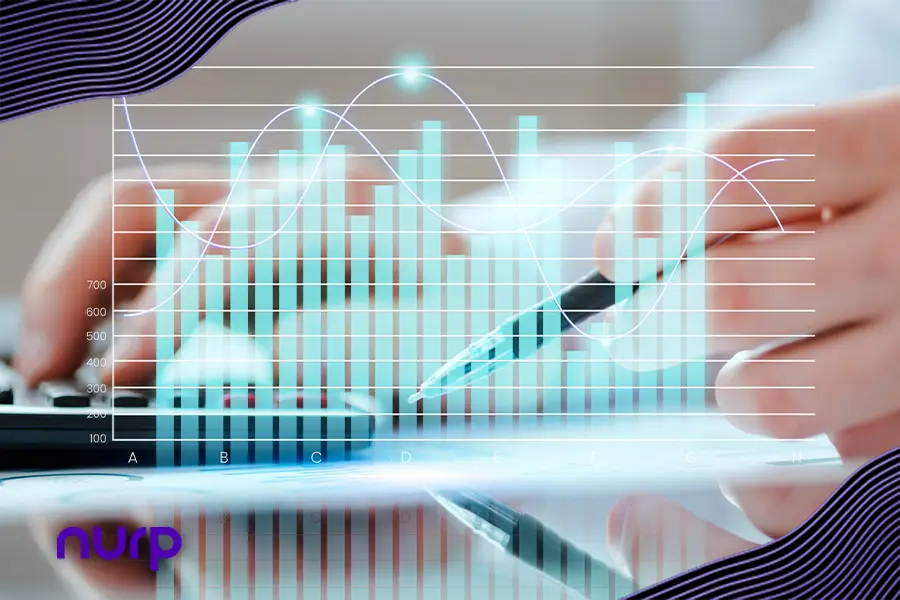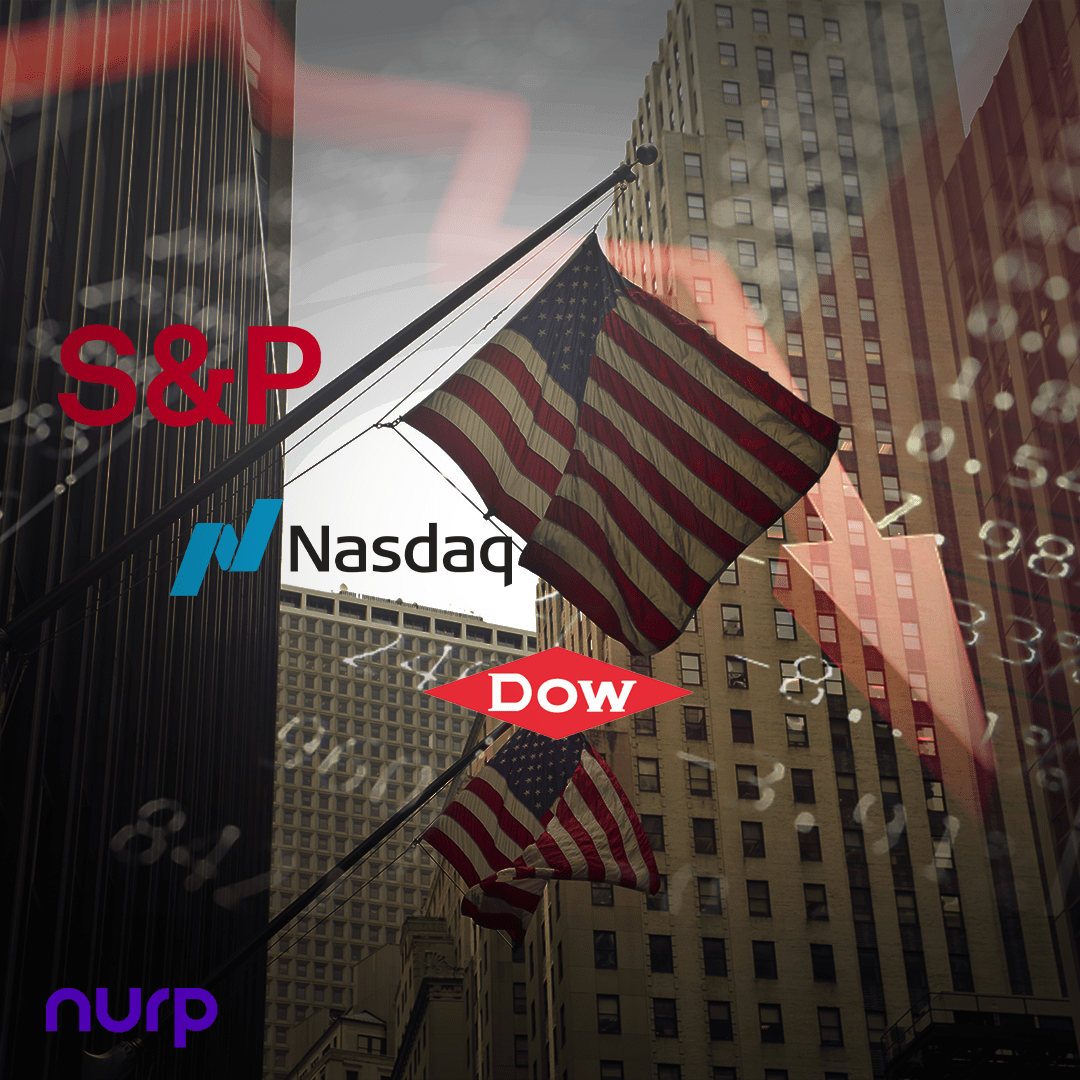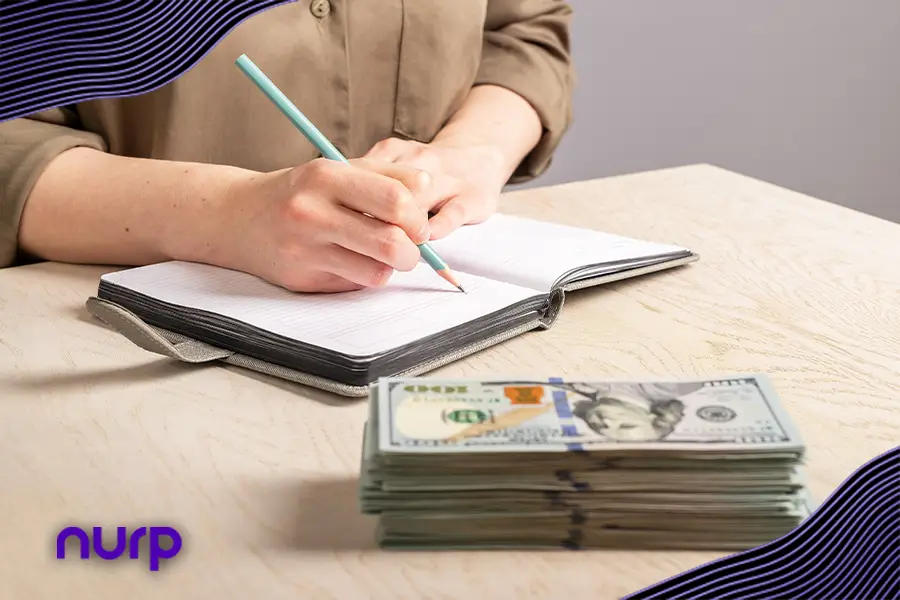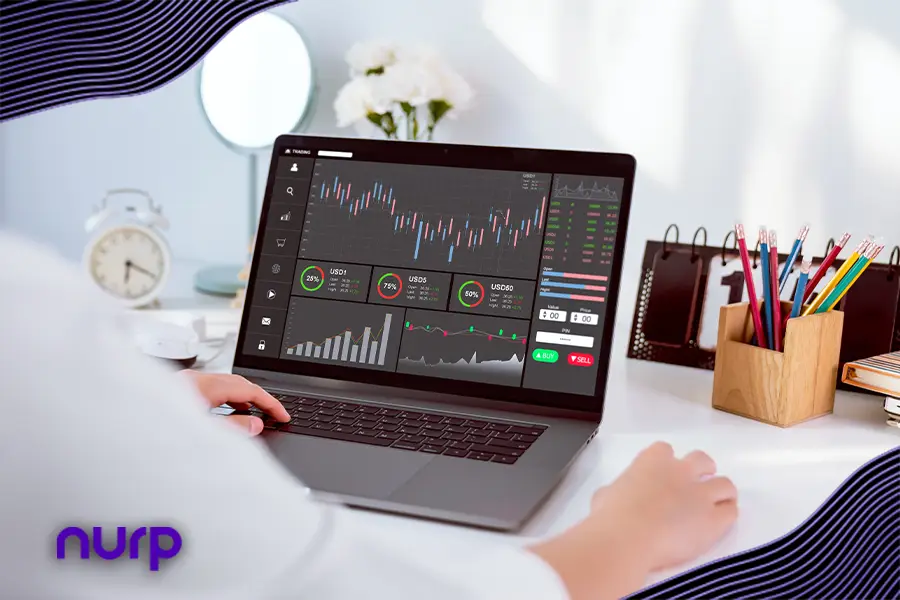I’ve been tracking an algorithmic trading software for the last 128 days, and this is what happened. Welcome back! If you’re new to the channel, my name is Matt Jimenez. I’m an entrepreneur who has worked with the greatest minds in finance over the last several years, and I’m here to pour into you guys everything that they pour into me. In this video, I’d like to go over the results after utilizing the FED bot from Nurp for the last 128 days of trading. Before we get into the results, I want to briefly go over my settings. I think it’s very important that you guys understand the data is based on what my settings are. Everybody’s a bit different, and the beauty of the software is that you actually have the power to change the settings so you can have it confined to your risk tolerance. So, if you want to be more risk-averse, you could critique the settings and make it so. As for myself, on this account, it’s extremely conservative. In fact, it’s probably the lowest conservative setting that I’ve ever come across. In comparison to the 2,000-plus users that have been using this exact software license, we actually did a survey across all of the people who licensed the software, and the average monthly growth was 10 to 13% per month. Now, a lot of people freak out: how is that even possible? Before you freak out, you need to understand this is an average, not a guarantee every single month. So, this is taking the best months, the lowest months, and finding the average amongst all of the users. This is where that number is generated from. Because I’ve had tons of people reach out, ‘Well, Matt, yours is not showing that, or mine didn’t do that number,’ but I’ve also had people saying, ‘Dude, that’s way too low.
I did 20%, I’ve seen 35%.’ You need to understand it’s an average. And if you don’t know how to generate an average, well, it’s time that we go back to third-grade math. Now that I got that out of the way, let’s look at the data. This is my FX book. This is a third party that tracks all of the data whenever you attach a certain trading account to it. So, in this case, my account is on Fusion markets, and I titled this one the Fed 50k. Why do I call it the FED? Because it’s actually the name of the software that Nurp issues, and it’s their most popular, the FED, or people just call it the FED bot. So, since I’ve started the account, we have gained 17.37%. The daily change is 0.1% on average. The monthly gain on average is 2.9%, and the biggest drawdown that I’ve ever experienced is 2.44%. Let me take a breather here. Now, whenever I say drawdown, people tend to freak out like, ‘Oh my God, you lost money!’ This is unrealized. So, the drawdown may show 2.4%, but the software didn’t close out the trades resulting in the balance in the account to actually go down. This is why they call it unrealized, meaning it did not actually mirror into the account. So, while the equity curve changed, the actual account balance didn’t reflect it because the trades were not closed out. You guys know the rule: you don’t make money until you’ve sold it into your bank account, you don’t lose money until you close a trade. While that may be construed and a bit exaggerated, that has truth to it. That’s a drawdown, it’s unrealized. Back to the 50k account. The total balance in the account is $58,604.
That means I’ve made $8,600 in profit so far. Mind you guys, this $8,600 has taken pretty much no effort on my end other than opening up my laptop and checking how the software is doing from time to time. And every so often, there is an update where you just update. It’s as simple to me as updating my iPhone. So, if you know how to press update on your iPhone, I’m pretty sure that you can accurately update the software. Now, when you take $8,600 and you divide it by five because today is April 2nd, which means the account has been running for roughly 5 months and we’re excluding weekends, that means on average, I’ve been generating every single month $1,720. This is the average again, I’m not going to go over that, but hopefully, you guys remember. As you can see, the equity curve is extremely smooth. In fact, it’s probably the smoothest equity curve that I’ve ever seen to date. There’s pretty much no dips in the growth of the account, which is absolutely what you want to see when you have it set to a very low-risk tolerance, which is what I have. So far this week, we are at 26%, and we are only a few days into the month. Now let’s go over some of the advanced statistics. We’ve taken a total of 2,381 trades, and out of that many trades, we’ve actually won 1,979, which leads us to an 83% profitability factor, which is amazing, meaning we only lose 17% of the time. So, out of 2,381 trades, we’ve only lost 42. As you can see, this strategy is extremely profitable. Now, for the amount of pips that we’ve done is 16,250, and the average win for pips is 16.88, and the average loss is 42.7 pips. Now let’s go over to the longs and the shorts. As you can see, it’s pretty even here. The longs are 83% of the trades that we take in, and 82% are on the shorts.
So pretty even, that means we’re playing both sides of the field, we’re both having positions on the buy side and having positions on the sell side, which is what we like to see. It’s active and means it’s not one-sided. So you’re not stuck in one direction. The best trade that we’ve had was December 14th, and that was $347.50 on a single trade. And the worst trade that we had was January 30th, and that was a loss of $85. The most amount of pips that we’ve ever gained on one trade was 102 pips, and that was on December 12th. The worst trade that we’ve ever had was 322 pips, and that was on December 14th. The average trade length is 1 day. Now, popping over to the profit factor, this is very interesting. So the 2.32 is basically saying that you are risking one to gain 2.3. So what we call this is your risk-to-reward ratio, and this means and in lingo terms people would say that’s a 2 R, meaning your reward is two times what your loss is. Here’s the month of March, we did 1.4%. This is the second of April, which we are at 26%. Looking back at February, we did 2.41%, and looking at January, we did 3.84%. So far this year, we are up about 7%, and we just finished 1. Now, with that being said, at 70% closing in on the first quarter of the year, I’m very curious to see where we will close off this year, considering we have three quarters left. Now, if this interests you and you want to know more about this software and how you could potentially use it, the link will have a description that will bring you to the team. And if you go to the comments, I’ll leave another pinned link that you can click and it’ll route you back to the team where you can get more information on how you could potentially license this software. If not, and you just enjoyed watching this, I appreciate you. If you could just hit like and subscribe for me, it means the world, and I will see you on the next one, my friends.
Like always, peace.
Please visit Algorithmic Trading Results After 128 Days of Trading to watch the full video on YouTube!
The post Algorithmic Trading Results After 128 Days of Trading first appeared on Nurp.com.







